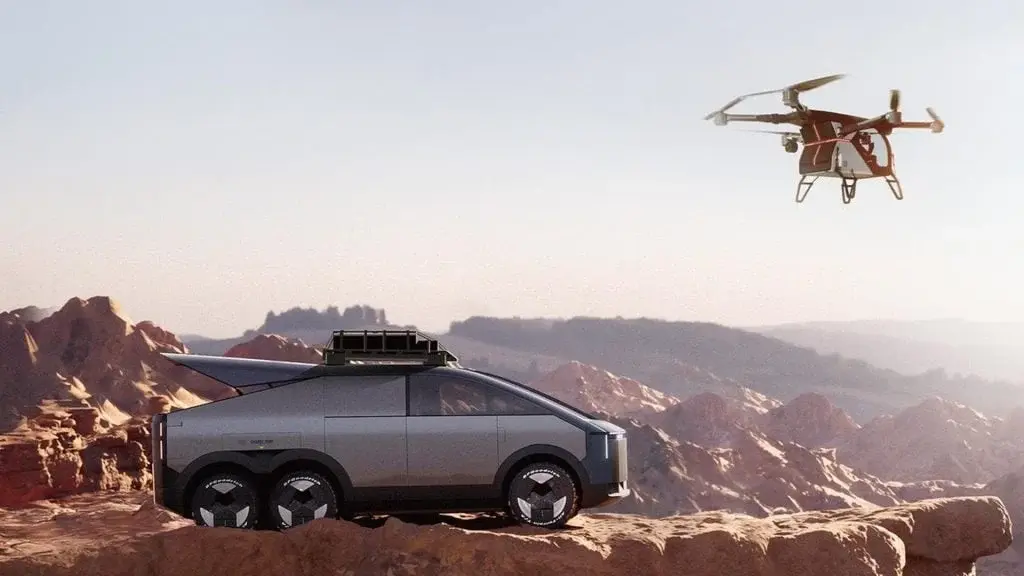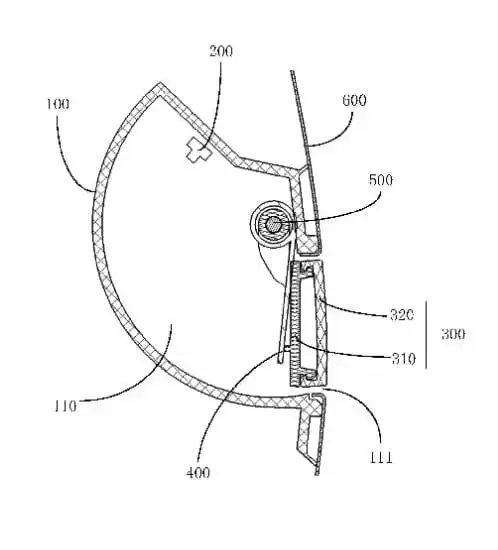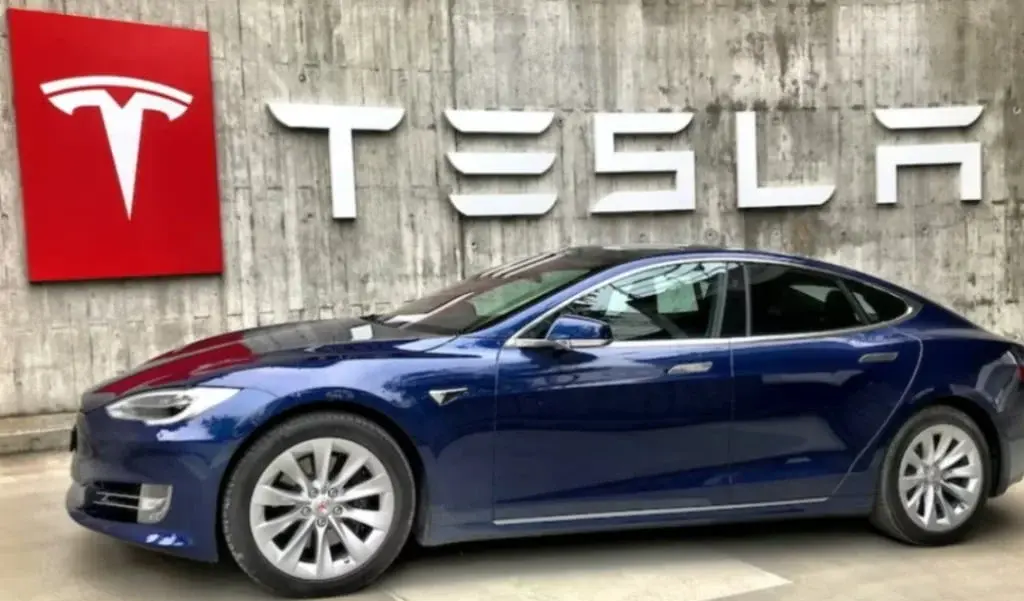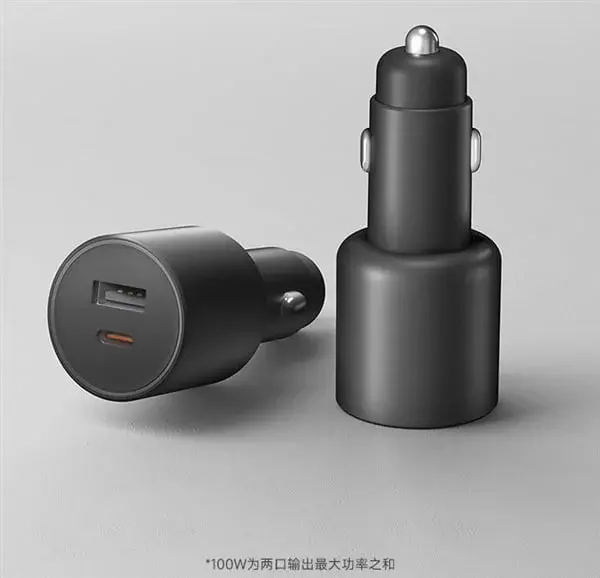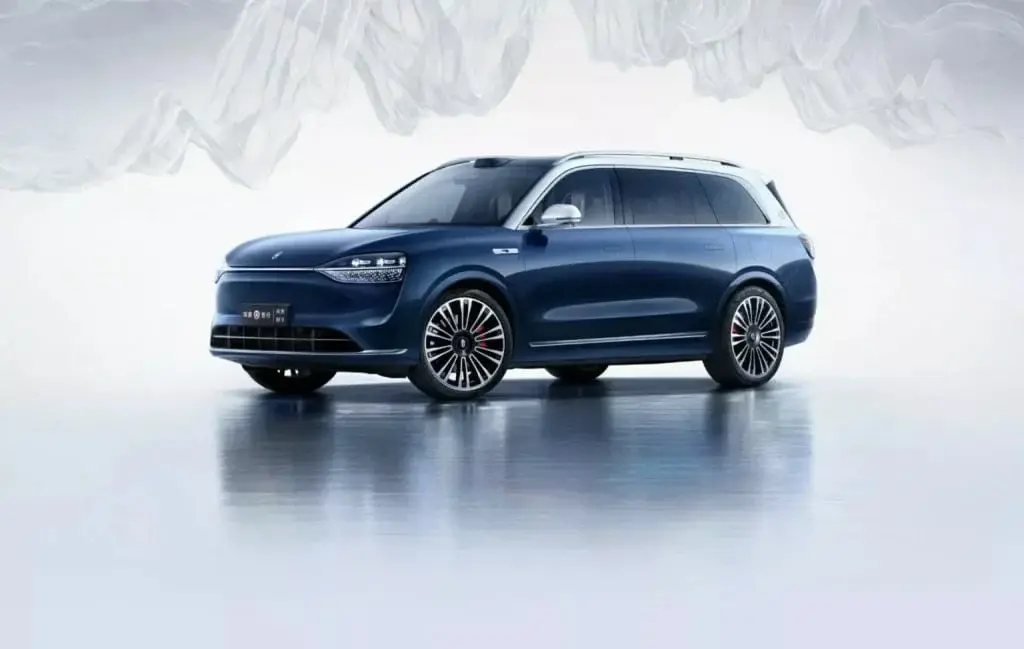XPeng Motors Collaborates to Bring XPeng Huitian Flying Car to Market
XPeng Motors, a leading Chinese electric vehicle manufacturer, has announced a major collaboration to introduce its XPeng Huitian Flying Car to the market. This groundbreaking project aims to redefine transportation by offering a modular flying vehicle capable of both road and air travel.
Collaboration for Mass Production
XPeng Motors has revealed a significant collaboration between Guangdong XPeng and Guangdong Huitian, both subsidiaries of XPeng Motors, through an announcement on the Hong Kong Stock Exchange. This partnership, formalized on January 2, 2024, brings together Guangdong Huitian's expertise in the research and development of flying cars and Guangdong XPeng's proficiency in design and technical development.
The Innovative Design of XPeng Huitian
The XPeng Huitian Flying Car, also known as the "Land Aircraft Carrier," boasts a unique land-air integrated design. It features a detachable and recombining land and flying body. The land body, designed for road travel, can accommodate 4-5 passengers and is equipped with a hybrid power system. Its enhanced mobility is attributed to a three-axle six-wheel automotive design.
On the other hand, the flying body is a fully electric, manned aircraft with vertical take-off capability. It is suitable for low-altitude flight and offers both manual and automatic driving modes. The flying body can be charged within the cabin, providing protection against environmental elements.
Ambitious Timeline for Mass Production
XPeng Huitian aims to achieve mass production of the XPeng Huitian Flying Car by the fourth quarter of 2025. Guangdong XPeng will play a crucial role in the final assembly of these innovative vehicles. This ambitious timeline underscores XPeng's commitment to bringing this revolutionary technology to the market at the earliest opportunity.
Overcoming Challenges
While XPeng Huitian's vision is promising, there are challenges that need to be addressed. Regulatory hurdles, infrastructure development, and public safety concerns all pose significant obstacles. However, with its innovative design and determined partners, XPeng Huitian is paving the way for a future where flying cars become commonplace, transforming how we live, work, and travel.

